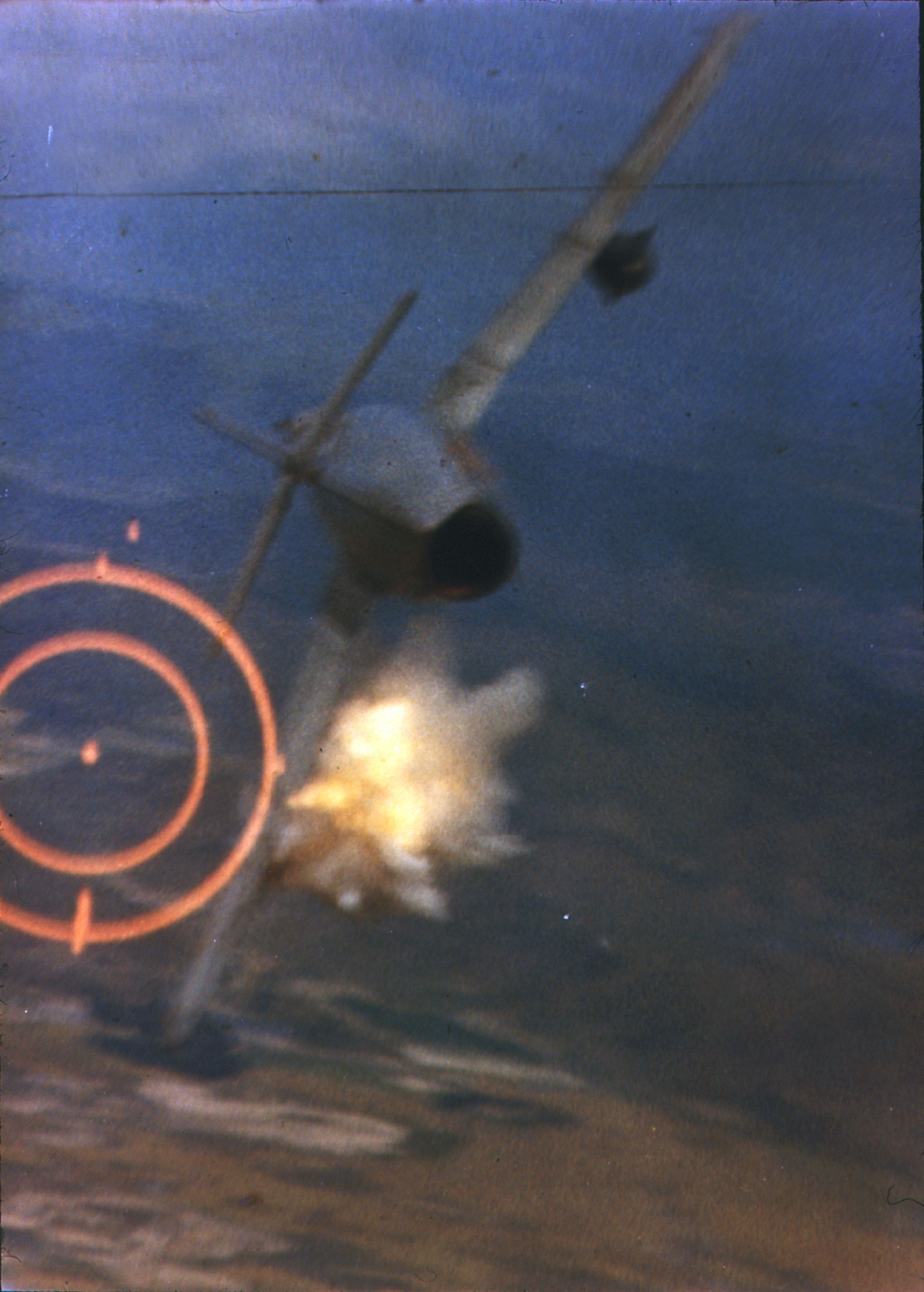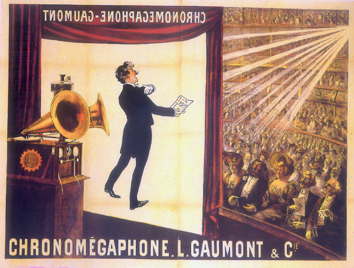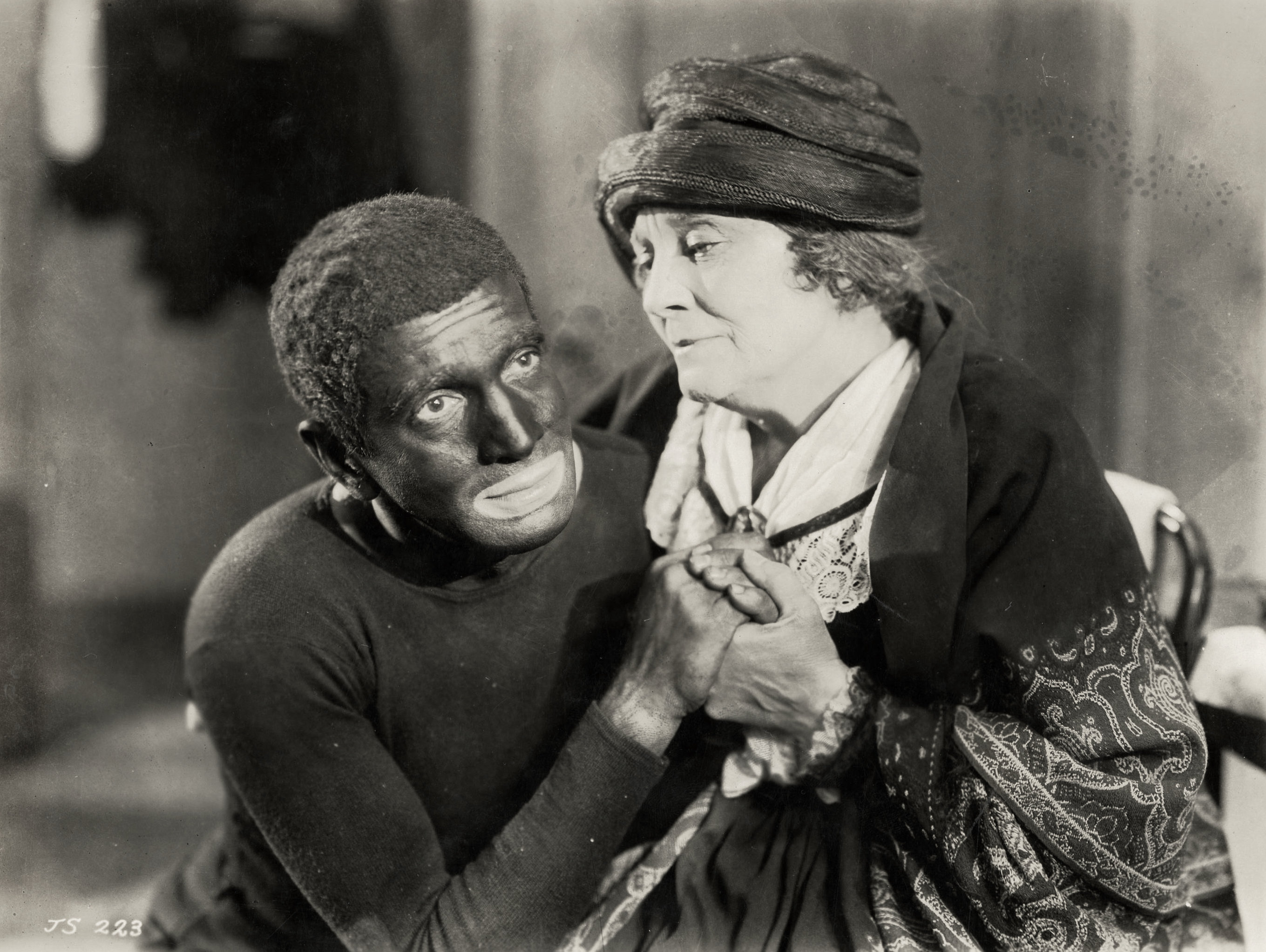|
Hell's Angels (film)
''Hell's Angels'' is a 1930 American pre-Code independent epic war film directed and produced by Howard Hughes and director of dialogue James Whale. Written by Harry Behn and Howard Estabrook and starring Ben Lyon, James Hall and Jean Harlow, it was released through United Artists. It follows two dissimilar brothers, both members of the British Royal Flying Corps during the First World War. The film was originally shot as a silent film, but it was still unfinished after a year and a half, by which time ''The Jazz Singer'' had premiered, signaling the start of the sound era. Hughes converted his film to sound. The original female lead, Norwegian-American Greta Nissen, had to be replaced due to her accent. Harlow became a major star as her successor. The production took three years (1927–1930) and Hughes spared no expense, so that despite being one of the highest-grossing films of the early sound era, it did not recoup its exorbitant $2.8 million cost. Hughes and pilot Harry ... [...More Info...] [...Related Items...] OR: [Wikipedia] [Google] [Baidu] |
WikiProject Aircraft
A WikiProject, or Wikiproject, is a Wikimedia movement affinity group for contributors with shared goals. WikiProjects are prevalent within the largest wiki, Wikipedia, and exist to varying degrees within sister projects such as Wiktionary, Wikiquote, Wikidata, and Wikisource. They also exist in different languages, and translation of articles is a form of their collaboration. During the COVID-19 pandemic, CBS News noted the role of Wikipedia's WikiProject Medicine in maintaining the accuracy of articles related to the disease. Another WikiProject that has drawn attention is WikiProject Women Scientists, which was profiled by '' Smithsonian'' for its efforts to improve coverage of women scientists which the profile noted had "helped increase the number of female scientists on Wikipedia from around 1,600 to over 5,000". On Wikipedia Some Wikipedia WikiProjects are substantial enough to engage in cooperative activities with outside organizations relevant to the field at issue. For e ... [...More Info...] [...Related Items...] OR: [Wikipedia] [Google] [Baidu] |
Pre-Code Hollywood
Pre-Code Hollywood was the brief era in the Cinema of the United States, American film industry between the widespread adoption of sound in film in 1929LaSalle (2002), p. 1. and the enforcement of the Motion Picture Production Code censorship guidelines, popularly known as the "Hays Code", in mid-1934. Although the Code was adopted in 1930, oversight was poor, and it did not become rigorously enforced until July 1, 1934, with the establishment of the Production Code Administration (PCA). Before that date, film content was restricted more by local laws, negotiations between the Studio Relations Committee (SRC) and the major studios, and popular opinion, than by strict adherence to the Hays Code, which was often ignored by Hollywood filmmakers. As a result, some films in the late 1920s and early 1930s depicted or implied innuendo, sexual innuendo, miscegenation, romantic and sexual relationships between white and black people, mild profanity, Recreational drug use, illegal drug ... [...More Info...] [...Related Items...] OR: [Wikipedia] [Google] [Baidu] |
Action Film
Action film is a film genre in which the protagonist is thrust into a series of events that typically involve violence and physical feats. The genre tends to feature a mostly resourceful hero struggling against incredible odds, which include life-threatening situations, a dangerous villain, or a pursuit which usually concludes in victory for the hero. Advancements in computer-generated imagery (CGI) have made it cheaper and easier to create action sequences and other visual effects that required the efforts of professional stunt crews in the past. However, reactions to action films containing significant amounts of CGI have been mixed, as some films use CGI to create unrealistic, highly unbelievable events. While action has long been a recurring component in films, the "action film" genre began to develop in the 1970s along with the increase of stunts and special effects. This genre is closely associated with the thriller film, thriller and adventure film, adventure genres and ma ... [...More Info...] [...Related Items...] OR: [Wikipedia] [Google] [Baidu] |
Black-and-white
Black-and-white (B&W or B/W) images combine black and white in a continuous spectrum, producing a range of shades of grey. Media The history of various visual media began with black and white, and as technology improved, altered to color. However, there are exceptions to this rule, including black-and-white fine art photography, as well as many film motion pictures and art film(s). Photography Contemporary use Since the late 1960s, few mainstream films have been shot in black-and-white. The reasons are frequently commercial, as it is difficult to sell a film for television broadcasting if the film is not in color. 1961 was the last year in which the majority of Hollywood films were released in black and white. Computing In computing terminology, ''black-and-white'' is sometimes used to refer to a binary image consisting solely of pure black pixels and pure white ones; what would normally be called a black-and-white image, that is, an image containing shades of ... [...More Info...] [...Related Items...] OR: [Wikipedia] [Google] [Baidu] |
Paul Mantz
Albert Paul Mantz (August 2, 1903 – July 8, 1965) was a noted air racing pilot, movie stunt pilot and consultant from the late 1930s until his death in the mid-1960s. He gained fame on two stages: Hollywood and in air races. Early years Mantz (the name he used throughout his life) was born in Alameda, California, the son of a school principal, and was raised in nearby Redwood City, California. He developed his interest in flying at an early age; as a young boy, his first flight on fabricated canvas wings was aborted when his mother stopped him as he tried to launch off the branch of a tree in his yard. In 1915, at age 12, he attended the Panama Pacific Exposition in San Francisco and witnessed the world-famous Lincoln Beachey make his first ever flight in his new monoplane, the Lincoln Beachey Special. Mantz took his first flying lesson at age 16 using money that he made from driving a hearse during the influenza epidemic of 1919. Although he had accumulated hours towards h ... [...More Info...] [...Related Items...] OR: [Wikipedia] [Google] [Baidu] |
Dogfight
A dogfight, or dog fight, is an aerial battle between fighter aircraft conducted at close range. Dogfighting first occurred in Mexico in 1913, shortly after the invention of the airplane. Until at least 1992, it was a component in every major war, though with steadily declining frequency. Since then, longer-range weapons have made dogfighting largely obsolete. Modern terminology for air-to-air combat is air combat maneuvering (ACM), which refers to tactical situations requiring the use of individual basic fighter maneuvers (BFM) to attack or evade one or more opponents. This differs from aerial warfare, which deals with the strategy involved in planning and executing various missions. Etymology The term ''dogfight'' has been used for centuries to describe a melee: a fierce, fast-paced close quarters battle between two or more opponents. The term gained popularity during World War II, although its origin in air combat can be traced to the latter years of World War I. One of ... [...More Info...] [...Related Items...] OR: [Wikipedia] [Google] [Baidu] |
Greta Nissen
Greta Nissen (born Grethe Rüzt-Nissen; 30 January 1906 – 15 May 1988) was a Norwegian-American film and stage actress. Stage and screen actress Born Grethe Rüzt-Nissen in Kristiania (now Oslo), Norway, Nissen was originally a dancer. While still a student at the company's school in Copenhagen, she danced with the Royal Danish Ballet, debuted as a solo ballerina on the National Theatre in 1922. She toured in Norway and appeared in several Danish films. Nissen made her Broadway debut as a ballerina in 1924. She had studied ballet with Michel Fokine. In early 1924, she came as a member of a Danish ballet troupe to New York, where she was soon hired to do a larger dance numbers for George S. Kaufman in the musical ''Beggar on Horseback''. She was discovered by film producer Jesse L. Lasky of Paramount Pictures, and would appear in more than twenty films. She appeared in ''The Wanderer'' (1925, director Raoul Walsh). Among her other films were '' Lost: A Wife'', ''The Kin ... [...More Info...] [...Related Items...] OR: [Wikipedia] [Google] [Baidu] |
Sound Era
A sound film is a motion picture with synchronized sound, or sound technologically coupled to image, as opposed to a silent film. The first known public exhibition of projected sound films took place in Paris in 1900, but decades passed before sound motion pictures became commercially practical. Reliable synchronization was difficult to achieve with the early sound-on-disc systems, and amplification and recording quality were also inadequate. Innovations in sound-on-film led to the first commercial screening of short motion pictures using the technology, which took place in 1923. The primary steps in the commercialization of sound cinema were taken in the mid-to-late 1920s. At first, the sound films which included synchronized dialogue, known as "talking pictures", or "talkies", were exclusively shorts. The earliest feature-length movies with recorded sound included only music and effects. The first feature film originally presented as a talkie (although it had only limited so ... [...More Info...] [...Related Items...] OR: [Wikipedia] [Google] [Baidu] |
The Jazz Singer
''The Jazz Singer'' is a 1927 American musical drama film directed by Alan Crosland. It is the first feature-length motion picture with both synchronized recorded music score as well as lip-synchronous singing and speech (in several isolated sequences). Its release heralded the commercial ascendance of sound films and effectively marked the end of the silent film era. It was produced by Warner Bros. with the Vitaphone sound-on-disc system and features six songs performed by Al Jolson. Based on the 1925 play of the same title by Samson Raphaelson, the plot was adapted from his short story "The Day of Atonement". The film depicts the fictional story of Jakie Rabinowitz, a young man who defies the traditions of his devout Jewish family. After singing popular tunes in a beer garden, he is punished by his father, a hazzan (cantor), prompting Jakie to run away from home. Some years later, now calling himself Jack Robin, he has become a talented jazz singer, performing in blackfa ... [...More Info...] [...Related Items...] OR: [Wikipedia] [Google] [Baidu] |
Silent Film
A silent film is a film with no synchronized recorded sound (or more generally, no audible dialogue). Though silent films convey narrative and emotion visually, various plot elements (such as a setting or era) or key lines of dialogue may, when necessary, be conveyed by the use of title cards. The term "silent film" is something of a misnomer, as these films were almost always accompanied by live sounds. During the silent era that existed from the mid-1890s to the late 1920s, a pianist, theater organist—or even, in large cities, a small orchestra—would often play music to accompany the films. Pianists and organists would play either from sheet music, or improvisation. Sometimes a person would even narrate the inter-title cards for the audience. Though at the time the technology to synchronize sound with the film did not exist, music was seen as an essential part of the viewing experience. "Silent film" is typically used as a historical term to describe an era of cinema pri ... [...More Info...] [...Related Items...] OR: [Wikipedia] [Google] [Baidu] |
World War I
World War I (28 July 1914 11 November 1918), often abbreviated as WWI, was one of the deadliest global conflicts in history. Belligerents included much of Europe, the Russian Empire, the United States, and the Ottoman Empire, with fighting occurring throughout Europe, the Middle East, Africa, the Pacific, and parts of Asia. An estimated 9 million soldiers were killed in combat, plus another 23 million wounded, while 5 million civilians died as a result of military action, hunger, and disease. Millions more died in genocides within the Ottoman Empire and in the 1918 influenza pandemic, which was exacerbated by the movement of combatants during the war. Prior to 1914, the European great powers were divided between the Triple Entente (comprising France, Russia, and Britain) and the Triple Alliance (containing Germany, Austria-Hungary, and Italy). Tensions in the Balkans came to a head on 28 June 1914, following the assassination of Archduke Franz Ferdin ... [...More Info...] [...Related Items...] OR: [Wikipedia] [Google] [Baidu] |
Royal Flying Corps
"Through Adversity to the Stars" , colors = , colours_label = , march = , mascot = , anniversaries = , decorations = , battle_honours = , battles_label = Wars , battles = First World War , disbanded = merged with RNAS to become Royal Air Force (RAF), 1918 , current_commander = , current_commander_label = , ceremonial_chief = , ceremonial_chief_label = , colonel_of_the_regiment = , colonel_of_the_regiment_label = , notable_commanders = Sir David HendersonHugh Trenchard , identification_symbol = , identification_symbol_label = Roundel , identification_symbol_2 = , identification_symbol_2_label = Flag , aircraft_attack = , aircraft_bomber = , aircraft_el ... [...More Info...] [...Related Items...] OR: [Wikipedia] [Google] [Baidu] |




.jpg)


